
Although most pupils focus on the different ways to start a Primary school composition, knowing how to end it with a proper conclusion is just as important.
Why is a conclusion important for a Primary school composition?
A conclusion provides a complete ending to the story.
By reading the conclusion, a reader should clearly understand the main point of the entire story.
What to take note of when writing a conclusion?
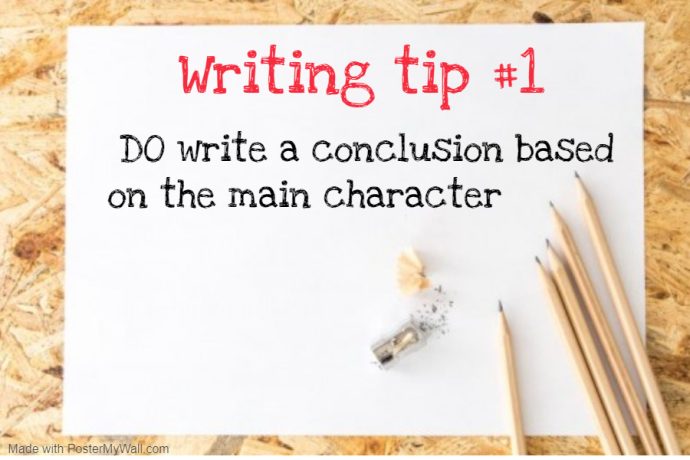
For every story, there is always one main character who plays the most important role in the story.
Younger pupils sometimes forget the focus and write a conclusion based on what other secondary characters might do in the future.
Example I hoped my brother would learn to be more patient from then on.
The conclusion should entirely focus on the main character and his decisions based on what happens in the story.
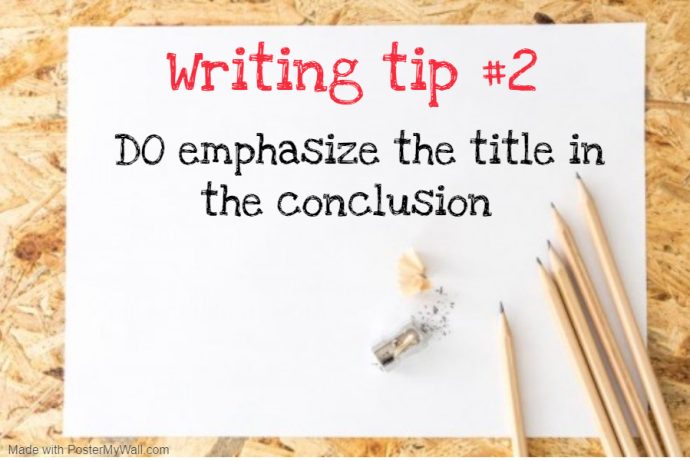
Emphasizing the title reminds the marker that the pupil is well aware of the given title and the story is relevant to the given title.
To emphasize the title, the easiest way is to insert the title in the conclusion.
It is common that pupils are reminded to do so only at the Primary 5 and Primary 6 levels.
However it is a good habit for the younger writers (Primary 3 and Primary 4) to adopt.
In this way, pupils will be able to insert the title with ease as they approach the PSLE level.
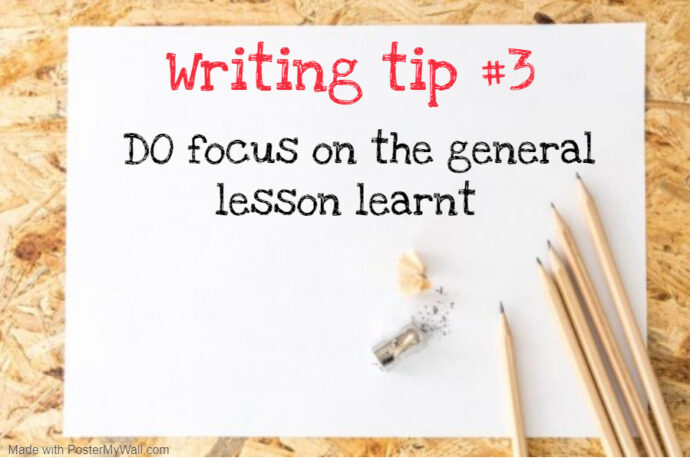
Pupils should focus on the general idea in a conclusion.
Let’s look at the following example for better understanding.
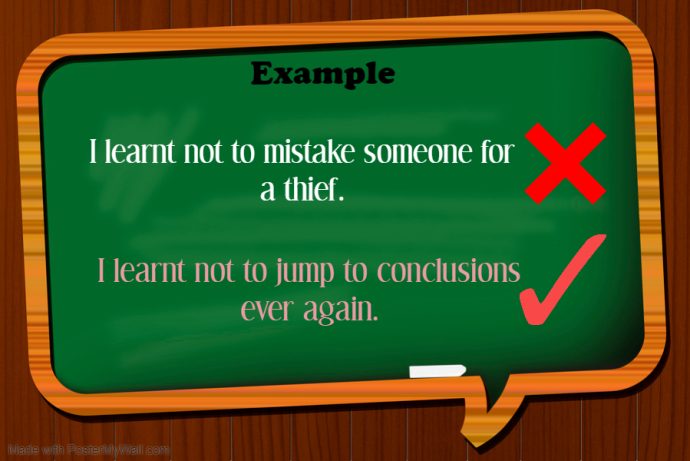
The conclusion should not be a repetition of the details of the story. Rather, it should state a life or moral lesson as learnt by the main character.
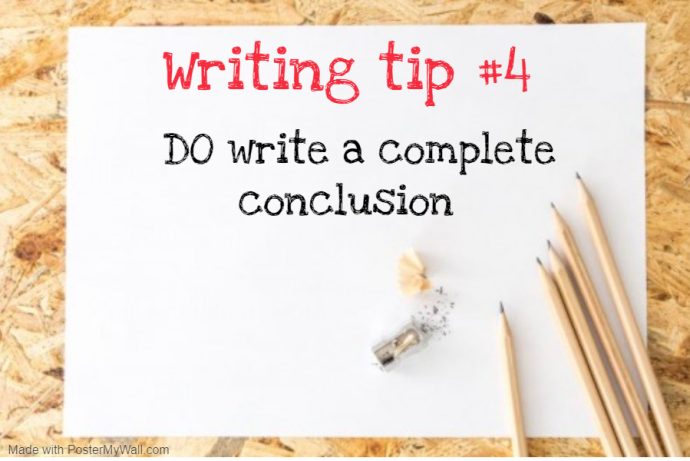
Some pupils think that it is unique to end the story with one concluding sentence.
However, a one-line conclusion may be considered as an incomplete ending by some markers.
Pupils should remember that most markers do expect a complete conclusion paragraph which provides a complete ending to the story.
Call us today to find out more about our Primary English and writing classes provide specialised writing instruction to nurture young writers.



